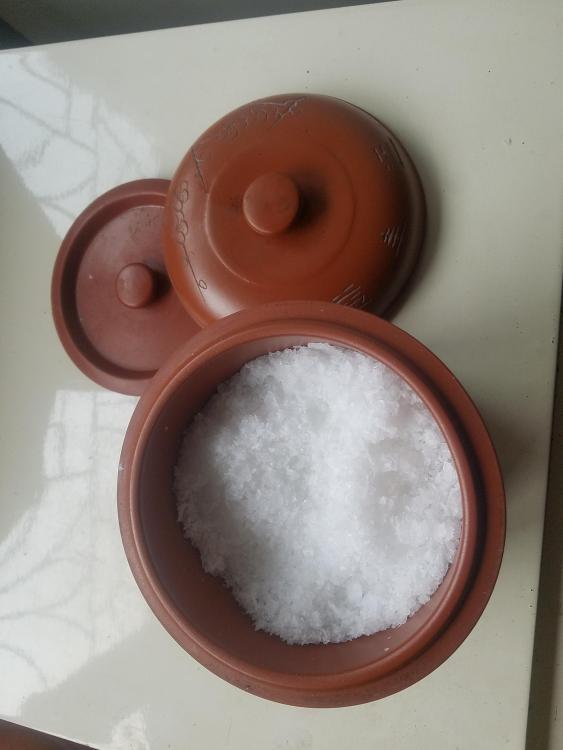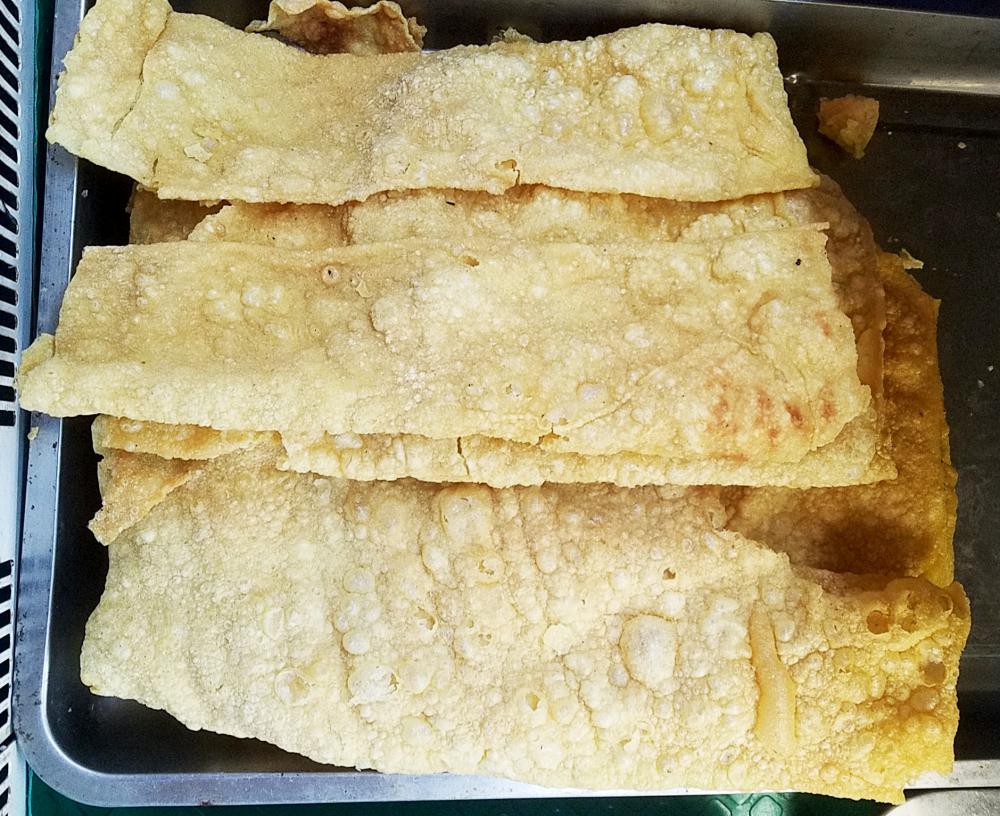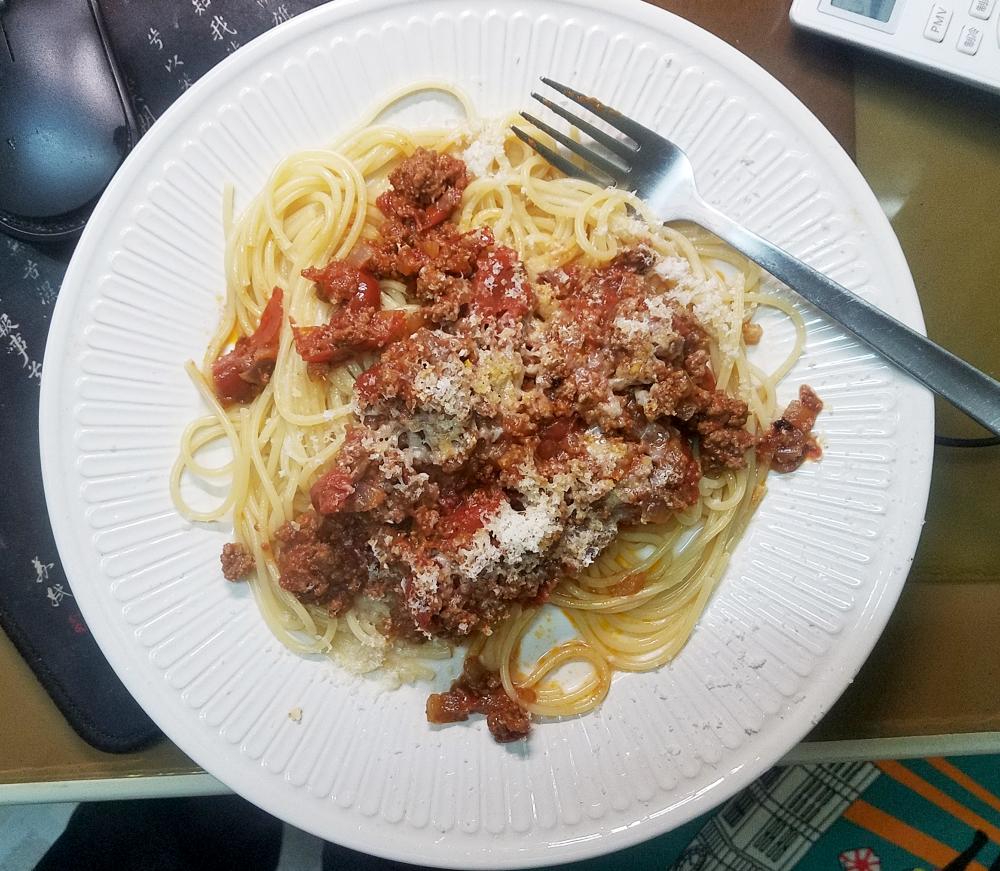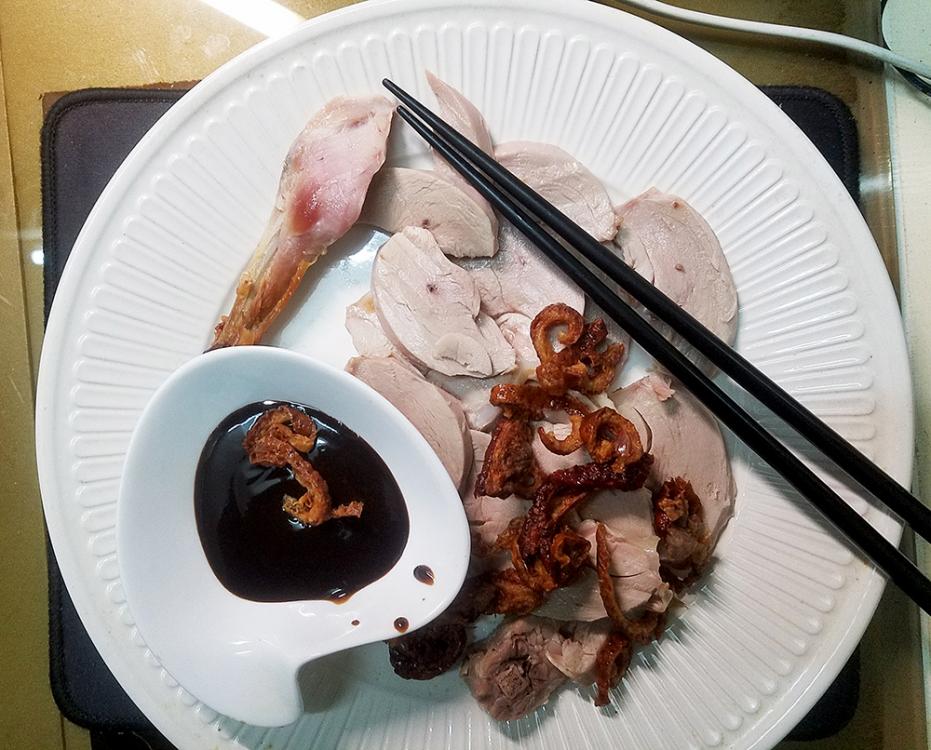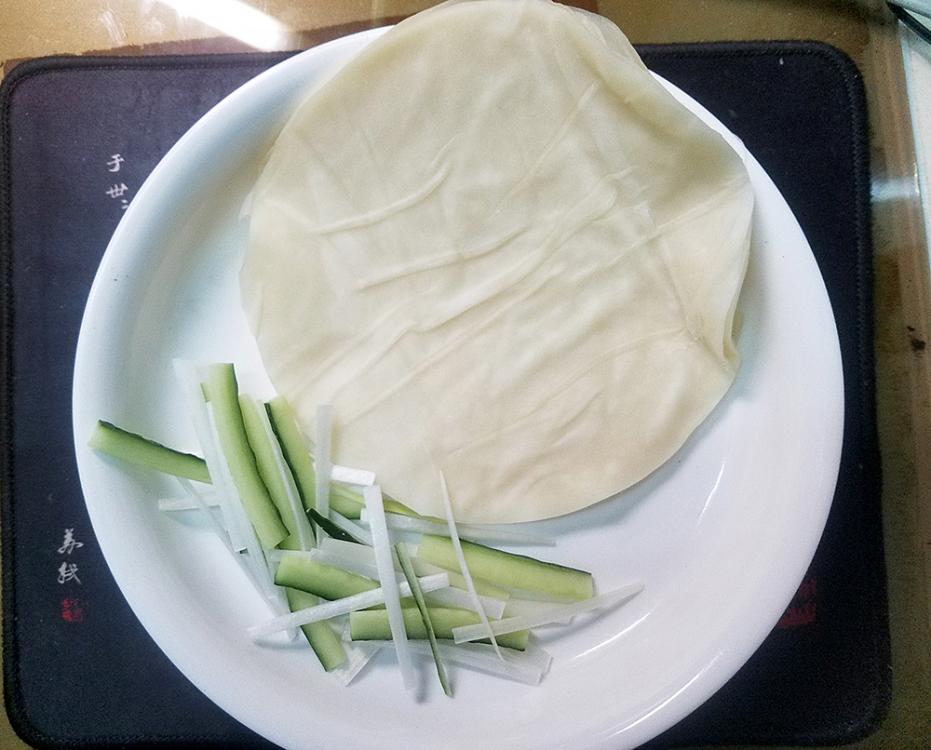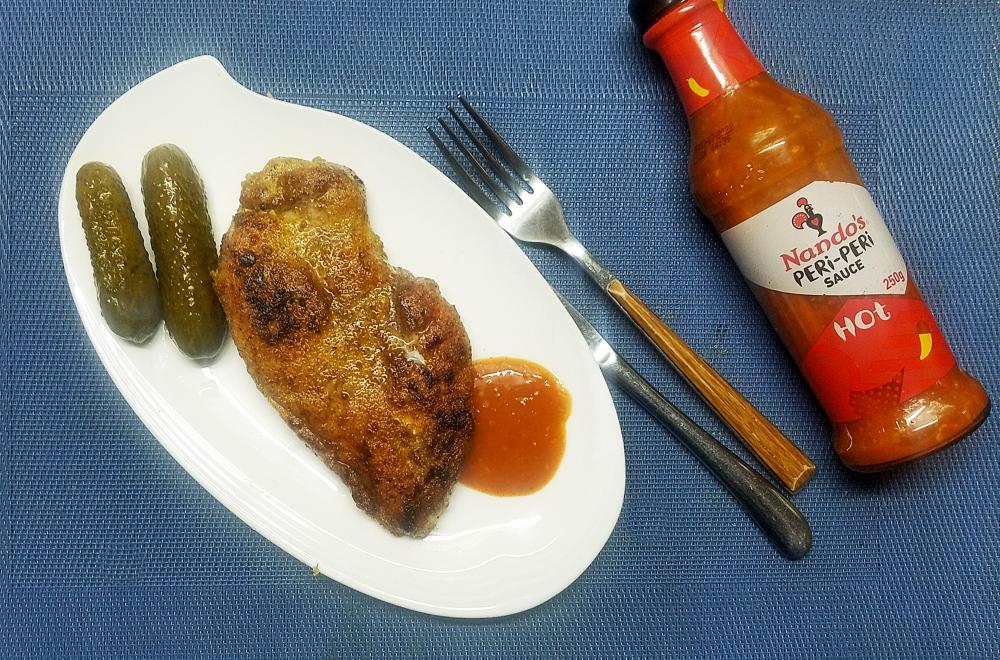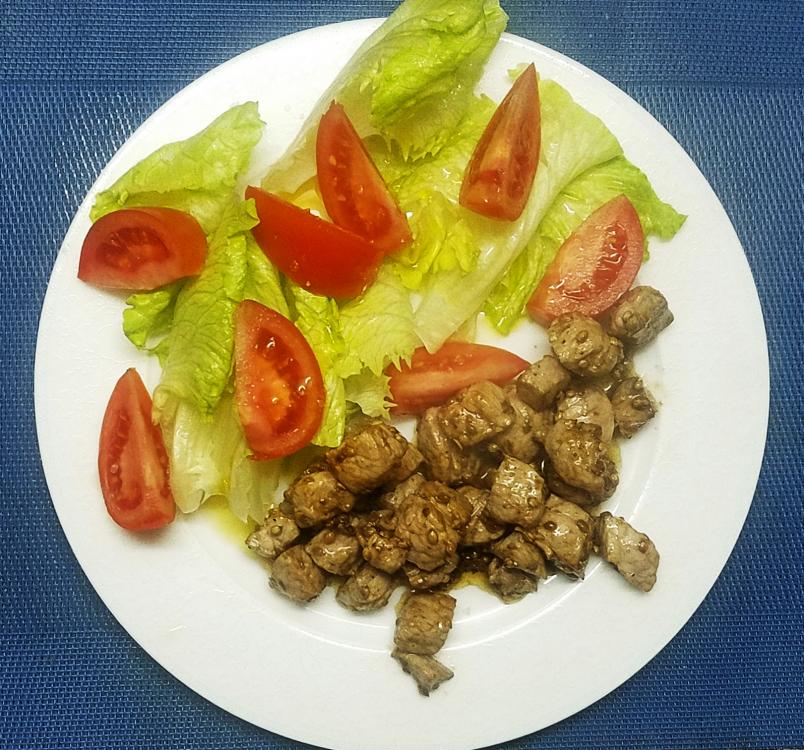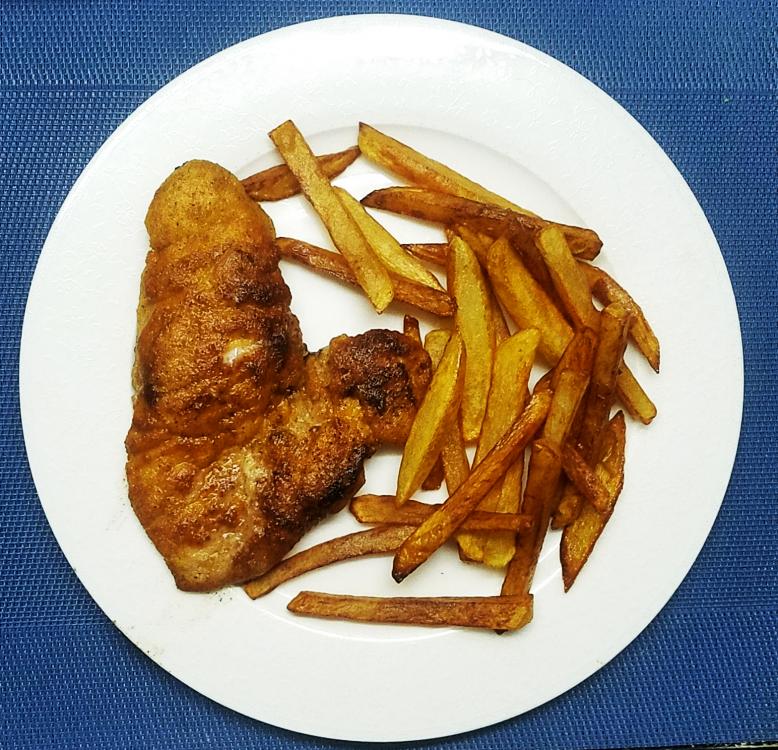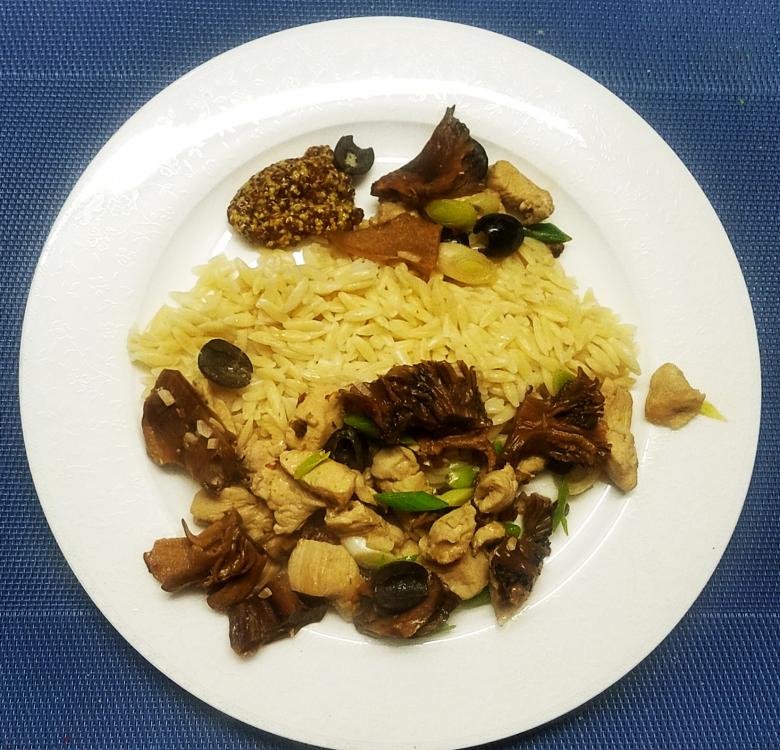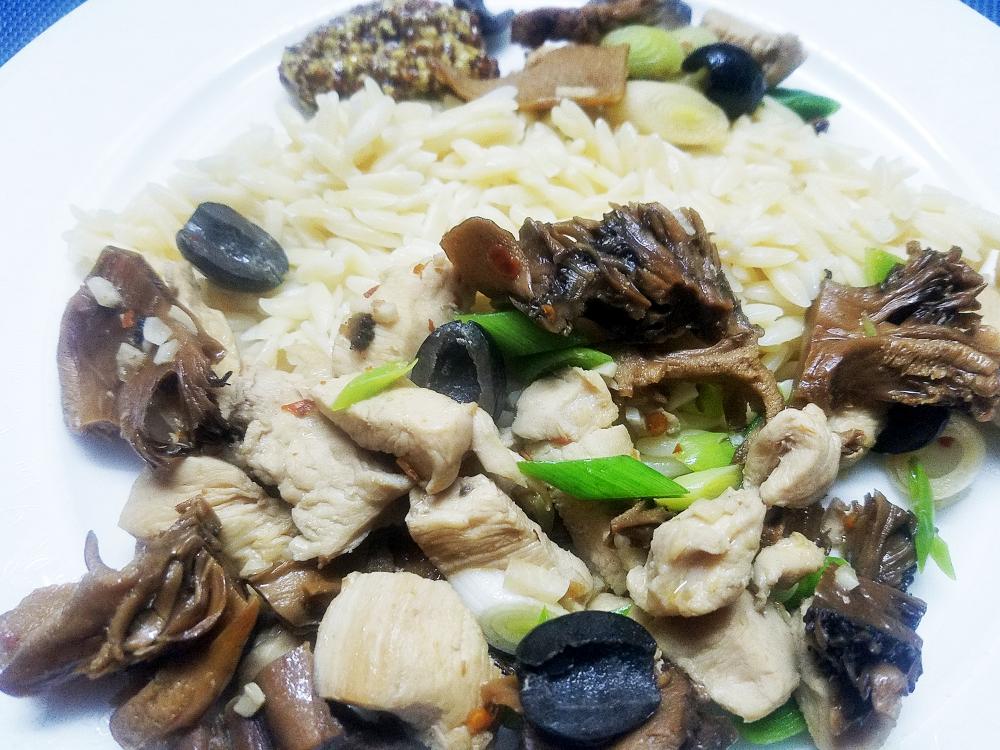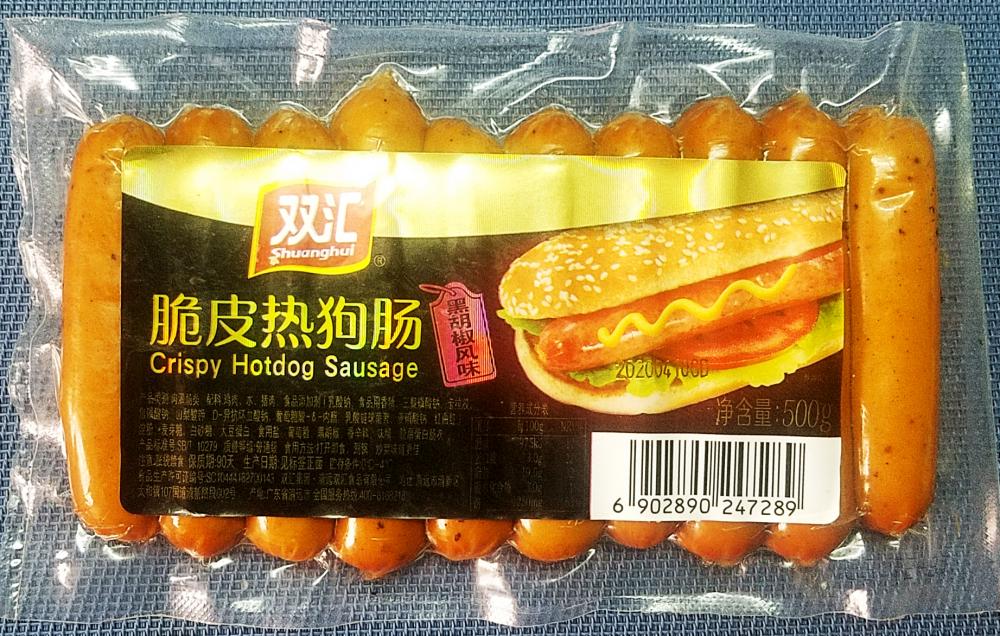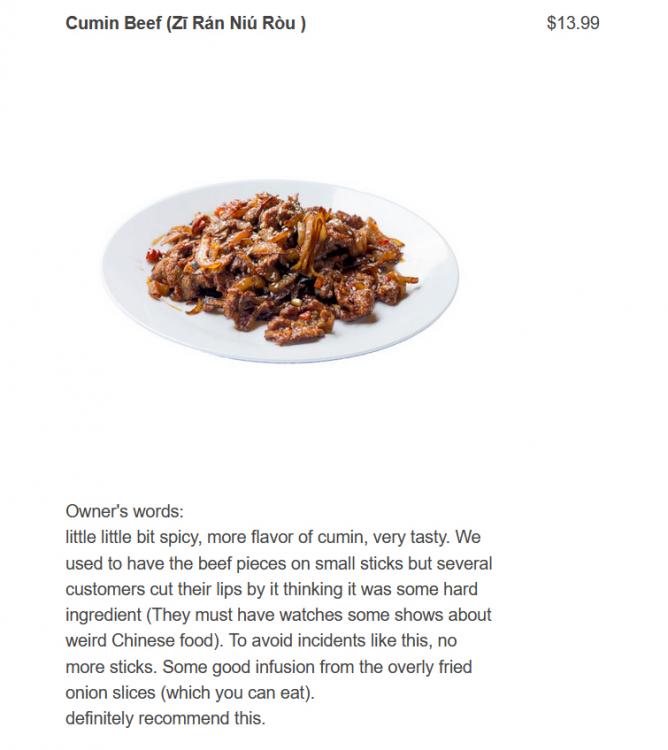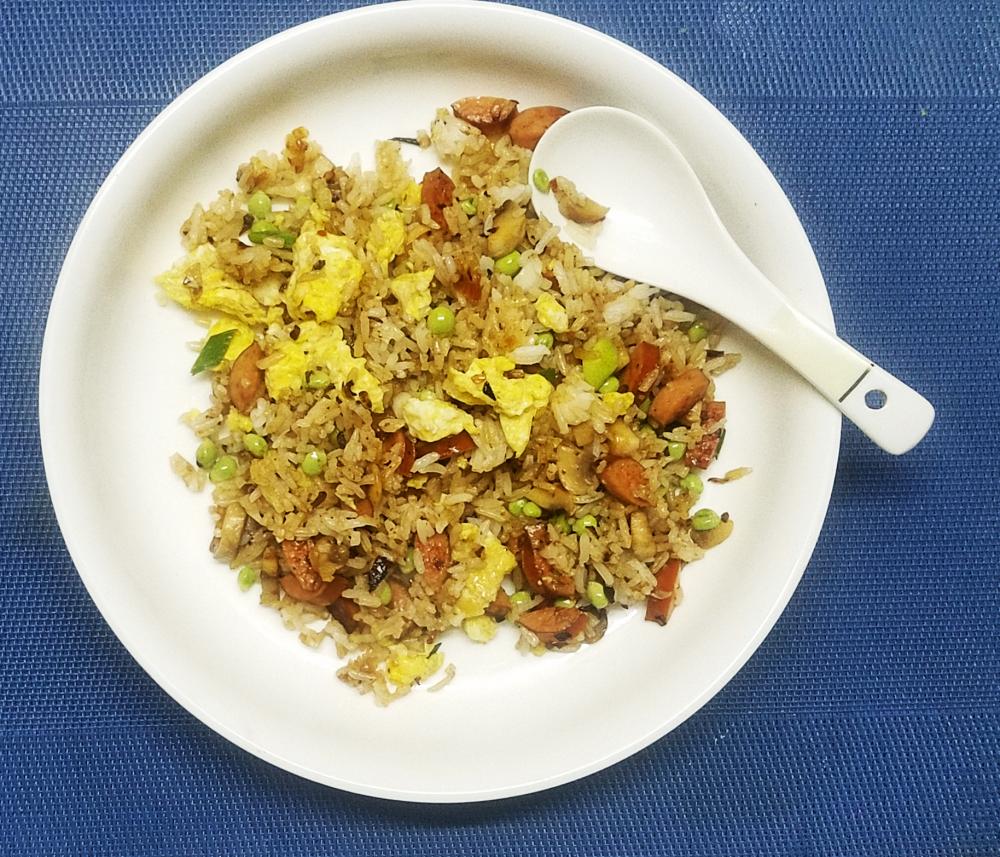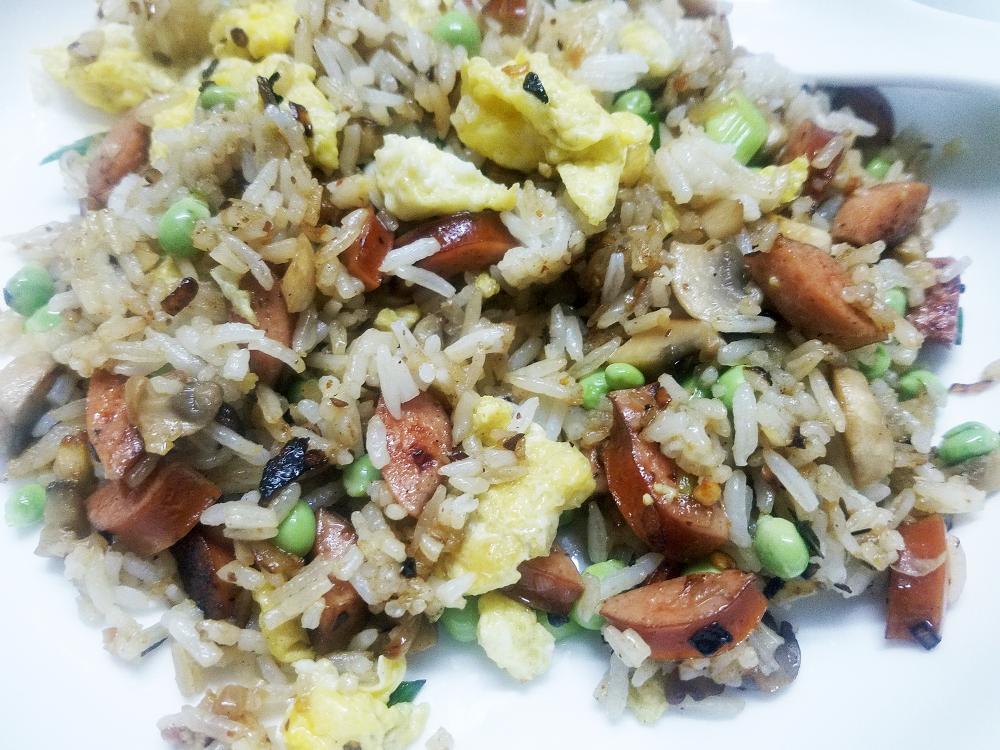-
Posts
16,728 -
Joined
-
Last visited
Content Type
Profiles
Forums
Store
Help Articles
Everything posted by liuzhou
-
My eggs go nowhere near the fridge, thank you. Peculiar American habit.
-
I love olive bread and certainly wouldn't even pretend to resist yours.
-
I still make these regularly. Didn't know they had a name. Also, prefer toast separately.
-
The Epicurious article has one major flaw. It says “The main difference between a Persian rice cooker and Asian ones is that the latter, like the highly-rated Zojirushi, has a setting that prevents the rice from burning—a great feature if you want a bowl of steaming, fluffy rice. If you want the crispy bottom, however, you're out of luck (unless you rig the timer on the machine, as some people do).“ Very few Asian rice cookers have timers. They have 'thermostats' to switch them to 'keep warm' mode when the internal temp reaches 100°C, meaning all the water has been absorbed. To achieve the crisped rice mentioned the temp must rise above 100°C which the machine simply can't do, unless the thermostat is disabled, thereby ruining the cooker for its intended purpose. If you are deperate for the crisped rice, buy a Persian rice cooker - they aren't expensive.
-
Some will know I recently moved to a new apartment. It involved the usual stress and trauma. But it threw up some culinary curiosities. I'll mention a few over the next few days. I had hired someone to help me pack 25 years of essential detritus from a dissolute life prior to the move, but my dear friend J also turned up to help. While she was packing some kitchen stuff (80% of stuff to be moved was food or food-related), she found this. For years, I've been using this double lidded ceramic pot to store my precious supplies of Maldon salt. She was horrified. I knew it had some ancient Chinese script on the outer lid, but never investigated I can read modern Chinese, but this is like 6000 years old. J, being a genius can read it! Turns out the pot is a funerary urn designed to hold the ashes of my ancestors. I told her that a) my ancestors can't read ancient Chinese either and b) Maldon salt is derived from the Dead Sea. Of course, she didn't believe that. Like I said, she ain't stupid! Anyway, I have no plan to change my storage method.
- 12 replies
-
- 17
-

-

-
Indeed! I had one when I was a student and that was when the idea a man on the moon was just a ridiculous fantasy. I found it quite impractical and It never managed to grate the last part.
-
I really have no idea what that is. Closer to hoisin than tianmian, which is made without soy, though. If it helps, the characters for tianmian sauce are either 甜面酱 or 甜麵醬.
-
Finally found some cooking utensils among my vast collection of unmarked boxes* in my new apartment. So a first meal in a new home. Simple, but after living on delivery meals for days, a real pleasure. *I did ask the help to mark each box with at least which room they found the contents in the old place. Apparently not a Chinese concept! Scoop it all up and dump it at random, instead.
-
What are the ingredients? It's not anything I've ever seen.
-
It's fairly normal here. Most supermarkets have them. Even Wal-Mart. Quality varies, though.
-
Well, it looks like I've moved home. This certainly isn't the old place. Just me and lots of boxes. So, still no cooking. Beijing duck from the supermarket roast bar. Actually rather good and comes with all the required accompaniments, including recrisped skin and the correct sauce!
-
Knee deep in house moving day, so no cooking. Where's the wok? Packed. So delivery lunch. Actually not too bad. Stir fried beef with pickled baby bamboo shoots. Nicely spiced. Rice and a negligible soup.
-
Chicken "schnitzel" with cornichons and Nando's Peri-Peri Sauce. There was a potato salad to the side somewhere.
-
-
I have no experience of Asian stores in Canada or the USA, but in my experience in Europe and, more specifically, Asia, your Asian store is likely to be the last place to sell rice in smaller quantities. As I'm sure you know, most Asian people eat rice every day and so buy the stuff in 5 or 10kg bags. That's certainly all my locals stores have. British-Malaysian comedian Nigel Ng has built a whole career talking about this.
-

Wear shoes while cooking, and other sound kitchen advice
liuzhou replied to a topic in Food Traditions & Culture
While household accidents may well be common, the idea that we don't think about this is nonsense. I think about it more and more as I age, especially as I now live alone, so if anything drastic did happen I may have difficulty getting help. Not thinking about danger is a luxury of the young, although most people I know, young and old, are well aware of the potential problems. In fact, some of my younger friends are more cautious than I am. -
Chicken in white wine with olives, garlic, shallots, Maitake (Hen of the Woods Mushroom), whole grain Dijon mustard, whisky. Served with orzo. Con fusion food.
-
-
- 2 replies
-
- 11
-

-

-

-

-
This was the first thing I covered in the China Food Myths topic'. https://forums.egullet.org/topic/161694-china-food-myths/?tab=comments#comment-2272416
-
Liuzhou Fried Rice (using stuff up prior to the house move next week). Rice, pork sausage, egg, mushrooms, peas, garlic, ginger, shallots, chilli flakes, scallions, Shaoxing wine.


